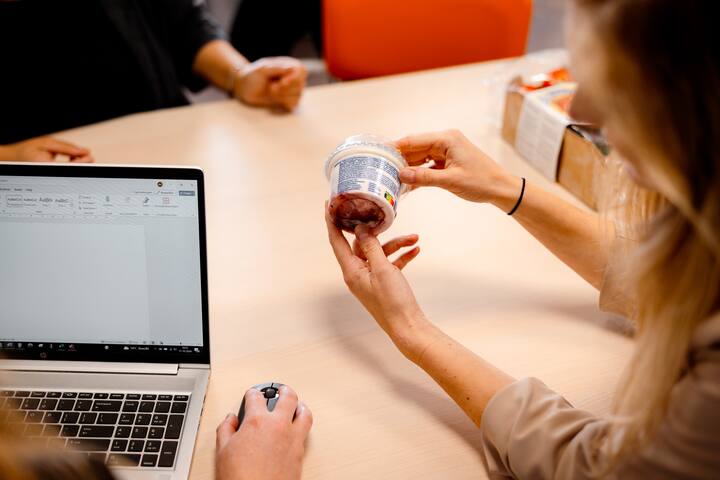
24 June 2025
Taste and packaging as risk factors?
Taste and packaging as risk factors?
Time for broader risk thinking in food
In the food industry, risk-based thinking is pretty much a given. Standards like IFS and BRCGS expect companies to systematically identify, analyse and manage risks. Contamination, allergens and microbiological hazards are thoroughly analysed as part of a robust quality management system.
However, two essential risks are often overlooked in traditional risk analyses: the consumer's reaction to the end product and their expectations based on the packaging.
When taste becomes a risk
When developing products or participating in tenders, the focus is usually on innovation, cost efficiency, packaging and timing.
Product safety is strictly monitored. However, what is strikingly absent from the decision-making process is the question: will consumers actually want to buy this product and continue to buy it?
A product can be technically perfect — microbiologically stable, correctly labelled, compliant with legislation — and still fail in the market. The cause? An unappealing taste profile, a texture that differs from expectations or a confusing smell. These are not subjective details, but concrete risks that can lead to low turnover, increased wastage, missed sales opportunities and even lasting damage to the brand image.
Packaging: the first contact and often the first risk
Packaging is usually the first thing consumers see — and therefore the first thing they interpret. Packaging implicitly communicates promises about taste, quality, sustainability or health. If reality does not match the expectations created by the packaging, there will be noise in the brand experience.
This can lead to confusion about what the product actually is, incorrect positioning, loss of recognisability during restyling or simply a lack of purchase intention. Well-designed packaging is therefore not a luxury, but a prerequisite for market success.
At Het Smaakhuis, we therefore evaluate not only the sensory quality of products, but also the effectiveness of packaging. We investigate, among other things:
Does the consumer understand what the product is at a glance?
Which packaging evokes the most purchase intent?
Does the packaging convey the desired quality or brand value?
Risk-based thinking: beyond QA
Sensory research and packaging are traditionally assigned to departments such as R&D, marketing or sales. But they also deserve a place within risk management. Not in the context of food safety, but in the context of market success, customer perception and brand trust.
By structurally integrating taste and packaging research into the development process, companies can identify risks of rejection or misunderstandings at an early stage. It also helps to make well-informed choices in innovation processes and tenders and to align departments around a common goal.

Strategic and manageable risks
Packaging that consumers do not understand or a taste that does not convince them can both lead to commercial failure, even if the product is technically perfect. Taste and packaging are strategic but manageable risks. With the right testing, objective analyses and consumer insight, companies can measure, understand and substantiate them. Need help with your product? Our experts are happy to assist you.